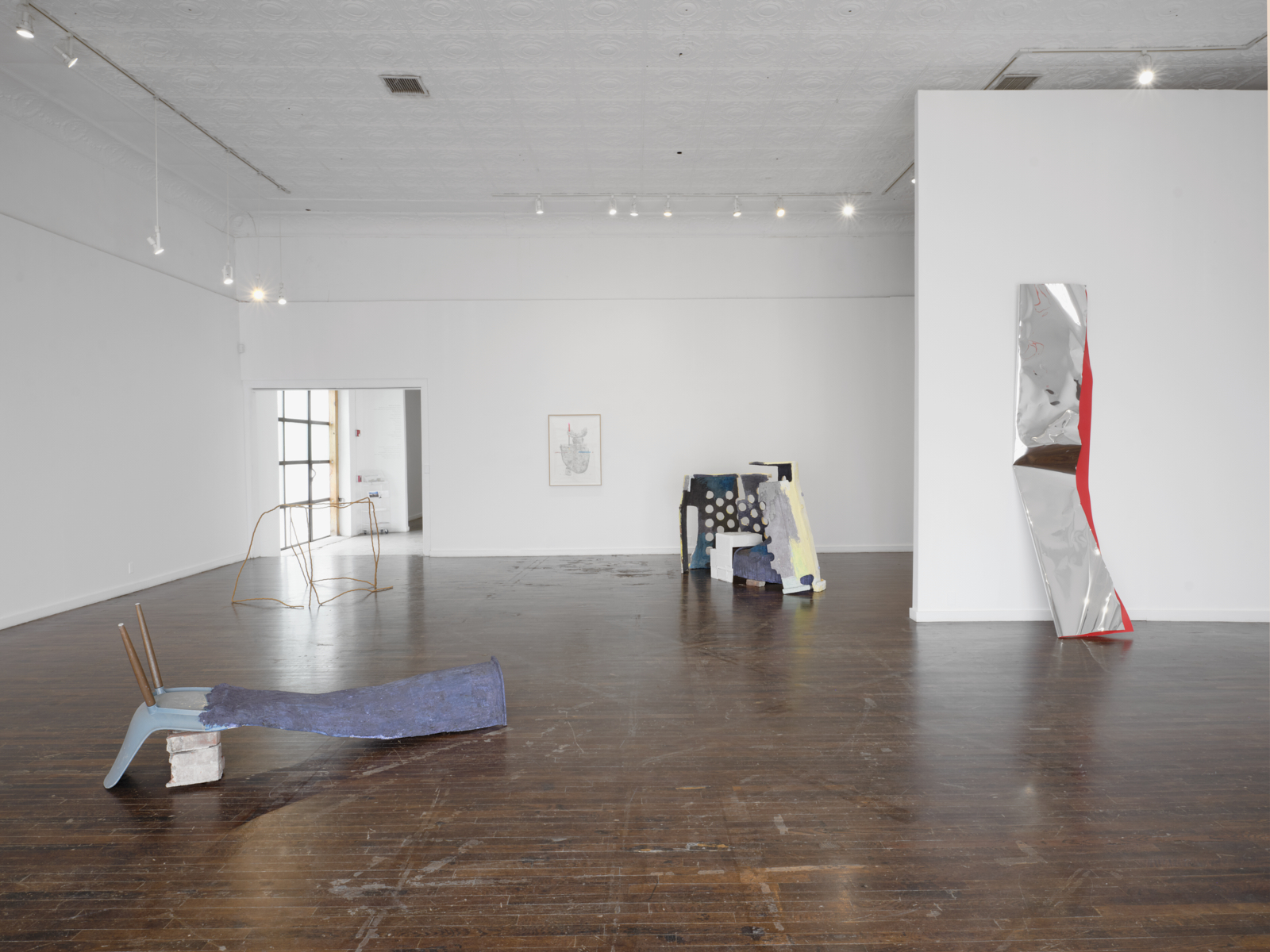Glasstire on Ed Atkins in Äppärät
21 Oct 2015

Ed Atkins
Even Pricks, 2013
Looped 16:10 HD video with 5.1 surround sound
Courtesy the artist and Ballroom Marfa
Photo by Thierry Bal
Christina Rees ponders over Ed Atkins’ Even Pricks (2013), part of our current Äppärät group exhibition, curated by Tom Morton…
Atkins’ images, which unfurl and flicker in a kind of methodical, episodic rhythm, are 100% CGI. There isn’t a pixel in them Atkins hasn’t essentially created from scratch, and this dreamlike surrealism runs beyond the intentional into something else: I want to call his work post-verbal, but as narrative it might actually be pre-received, or pre-processed. I mean that because we live with images on screen all the time and have for years, our instinct for Atkins is already in our blood, even if our ability to describe his intention isn’t yet fully formed. We internet addicts of a specific vintage—I mean we who’ve straddled a world both with and without personal computers—can locate Atkins’ fake-real markers well enough. Here it’s rendered human hands, a chimpanzee, leaves, water, sky, a bed. The insistent, grabby text frames look hokey and familiar, too. Thus we automatically understand that something is happening here we might recognize. That’s what hooks us, and our hunger to realize his pattern of communication is engaged like a heat-seeking missile.
Keep reading at Glasstire. Read Morton’s notes on the exhibition here.






